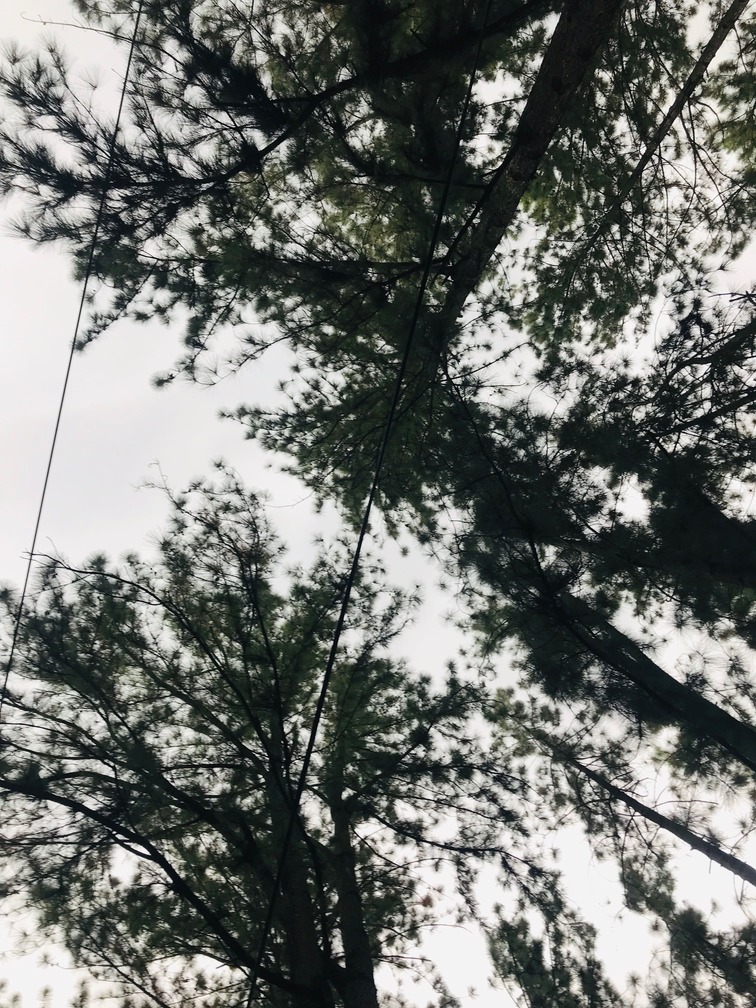Growing pine trees in Zambia can be a rewarding endeavor, as they are a valuable timber resource and can also provide environmental benefits. To ensure successful pine tree cultivation, it’s essential to consider the ideal spacing, the time required for maturity, and the specific mycorrhiza fungi requirements.
What is the Ideal Spacing for Planting Pine Trees in Zambia?

The ideal spacing for planting pine trees in Zambia varies depending on the management objective and the specific tree species. For most woodlots, a spacing of 2 meters by 2 meters is commonly used, which is later thinned to allow for bigger diameter trees for timber production. Other spacings such as 3 meters by 3 meters or 4 meters by 4 meters can also be used, and the trees can be intercropped with low crops like beans or groundnuts in the first few years. For smaller and medium-sized fruit trees, a spacing of 3 meters is typically used.
How Long Does it Take for Pine Trees to Mature in Zambia?

The time required for pine trees to mature in Zambia depends on various factors such as species, climate, and management practices. Generally, pine trees can take around 25-30 years to reach maturity. Here’s a brief overview of the growth stages and expected timeframes:
- Initial Growth (0-5 years): During this stage, the trees are vulnerable to competition from weeds and require regular maintenance to ensure healthy growth.
- Thinning Stage (5-15 years): As the trees grow, thinning is necessary to allow for better air circulation and sunlight penetration. This stage helps to promote healthy growth and reduce competition among trees.
- Maturation Stage (15-25 years): At this stage, the trees continue to grow, and regular pruning and management are necessary to maintain their health and promote optimal growth.
- Harvest Stage (25-30 years): Once the trees reach maturity, they can be harvested for timber and other products.
What Mycorrhiza Fungi are Required for Growing Pine Trees in Zambia?
Mycorrhiza fungi play a crucial role in the growth of pine trees by facilitating nutrient uptake from the soil. In Zambia, pine trees require specific mycorrhiza fungi to grow well. Here are some key points about mycorrhiza fungi requirements:
- Types of Fungi: Pine trees benefit from fungi such as mycorrhizal fungi, which form symbiotic relationships with the tree roots to enhance nutrient uptake.
- Role in Nutrient Uptake: Mycorrhiza fungi help to break down organic matter and make nutrients available to the tree, promoting healthy growth and development.
- Conditions for Development: Mycorrhiza fungi require specific conditions to develop, including the presence of organic matter, adequate moisture, and suitable soil pH.
By understanding the ideal spacing, the time required for maturity, and the mycorrhiza fungi requirements, you can increase your chances of successfully growing pine trees in Zambia. Remember to consult local experts and refer to the provided reference links for more detailed information on pine tree cultivation in your region.
Reference:
- Agroforestry Extension Manual for Eastern Zambia
- Pine – TOTM, September 2012
- Data on Tree Height and Diameter for Pinus kesiya in Zambia
